Port Arthur massacre: dark days still haunt Australia, 25 years on
Twenty five years ago, Australia was shattered by its worst mass shooting. The memory of those two days kept Miranda Devine away for 23 years.
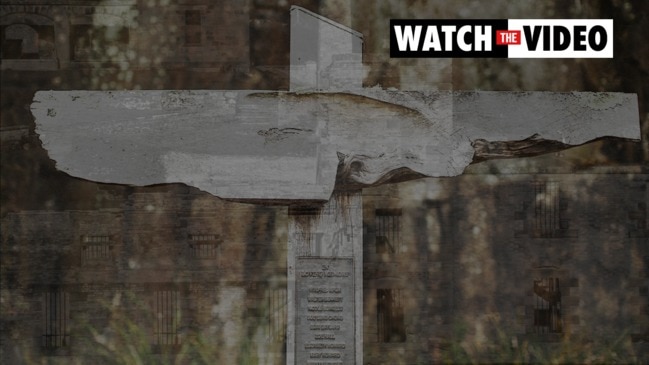
NSW
Don't miss out on the headlines from NSW. Followed categories will be added to My News.
It took me 23 years to muster the appetite to go back to Tasmania after I was sent as a young reporter to cover the Port Arthur massacre.
The memory of those horrible two days in April 1996, when 35 Australians were gunned down by an angel-faced maniac in that godforsaken former convict settlement, had kept me away.
Billed the “ghost capital of Australia”, there is an eerie sense of foreboding which hangs over the ruins of the convict prisons at Port Arthur, like the fog which hung low on the hills that autumn.
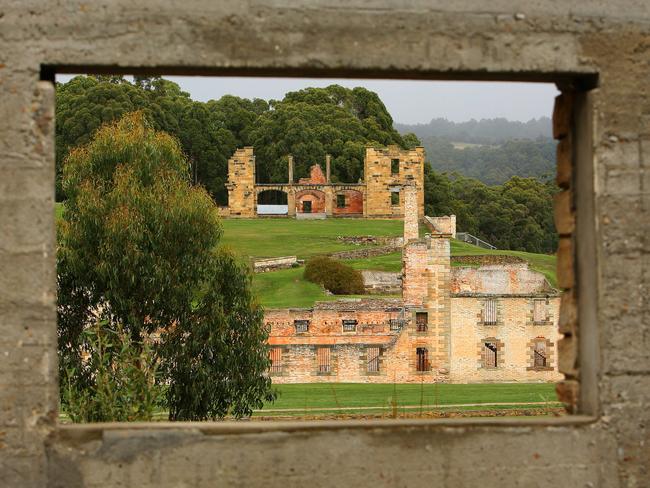
It was too awful to contemplate the last moments of two little girls and their mother, chased around a tree and slaughtered as they tried to flee the grinning madman with the big gun.
The Mikac sisters, Madeline, 3, and Alannah, 6, died on the road near their mum Nanette, where Martin Bryant had hunted them down with an AR15 assault rifle.
Their father, local pharmacist Walter Mikac, appeared on television to share his grief, to talk of Alannah’s blue headband which he had wrapped around his wrist and which still smelled of his wife’s perfume.
“It’s like in one afternoon my life has been erased,” he said.
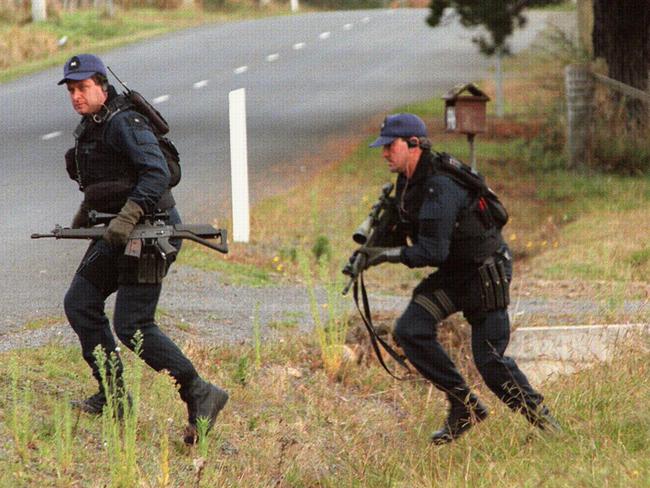
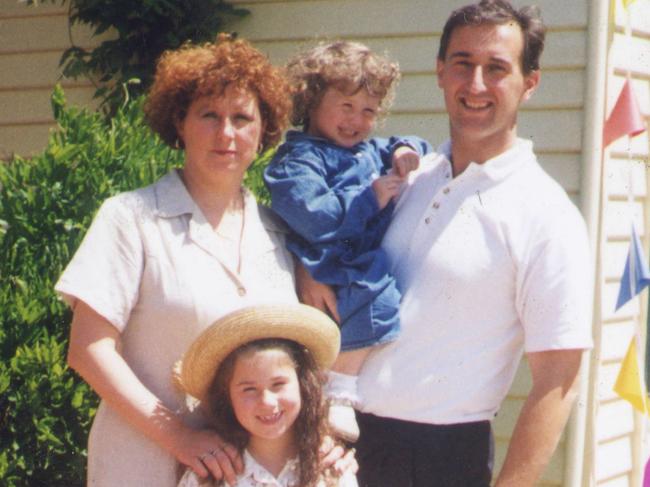
Asked a few days after the massacre what he would do if he came face-to-face with Bryant, it wasn’t vengeance he expressed: “I would show him the pyjamas of my wife and two daughters and ask how on earth I’m going to keep living without them.”
In his gentle way, this grief-stricken young father placed on the nation’s conscience the question of why a low-IQ social misfit as unstable as Bryant had been allowed such easy access to an arsenal of weapons.
And so, Port Arthur changed everything. It became the catalyst for some of the world’s toughest gun laws and often is cited after massacres in America by gun control advocates.
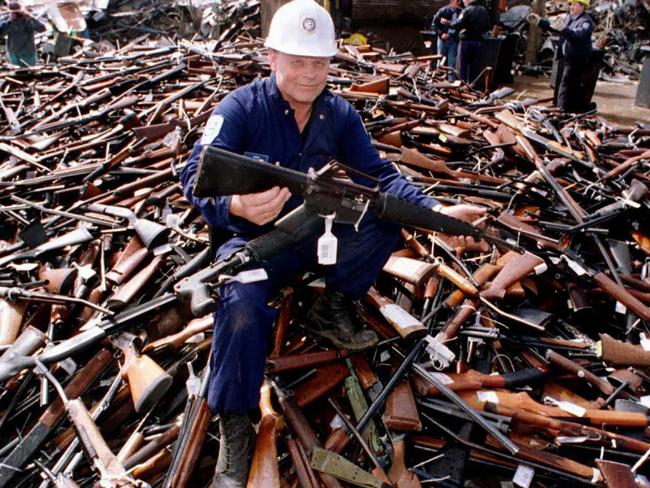
It took enormous courage for Prime Minister John Howard, and his deputy, National Party leader Tim Fischer, barely six weeks into their first term, to face down angry constituents in rural areas and push through gun licensing restrictions and a mass buyback of semiautomatic weapons.
But it seemed to work. In the 15 years before Port Arthur there were 13 mass shootings in Australia. In the quarter century since, there have been only three, and two were related to domestic violence. The annual rate of gun deaths fell from 2.8 to 0.9 per 100,000 between 1996 and 2019, according to the Australian Bureau of Statistics.
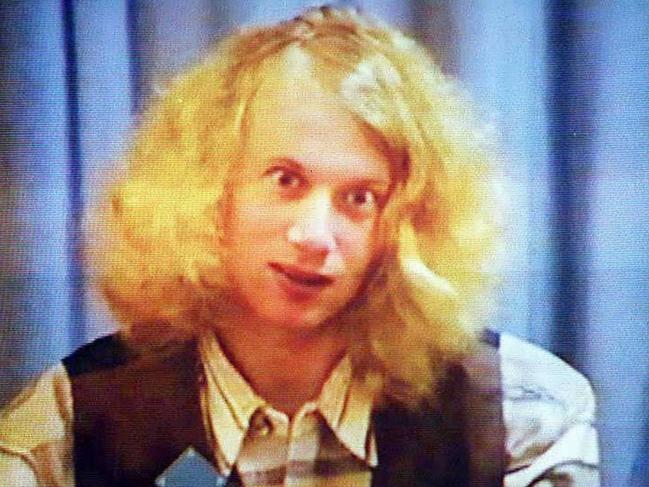
But that first evening in Port Arthur, as reporters from across the country scrambled to get flights and rental cars into the crime scene, politics was not uppermost in our minds.
The road into Port Arthur was littered with abandoned cars. My colleagues Sandra Lee and Mark Jones were first on the scene and will never forget the body of brilliant young Sydney lawyer, Zoe Hall, 28, still sitting upright in the passenger seat of a white Toyota Corolla, outside the service station where Bryant had shot her.
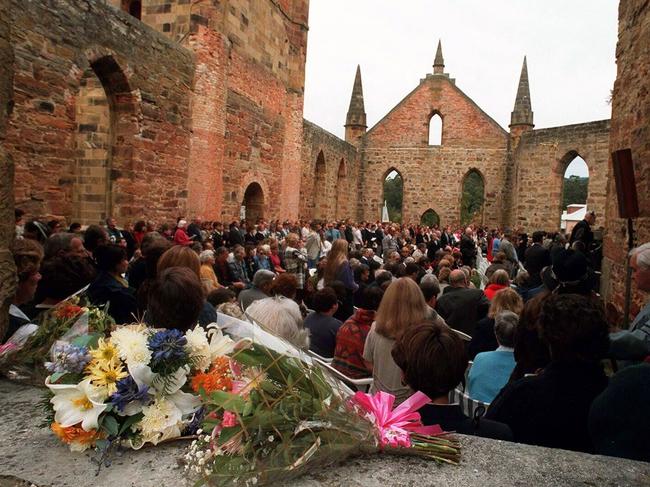
In Hobart, I was assigned to find out about Bryant’s life, piecing together the story of a 28-year-old loner on a disability pension, with a taste for bestiality videos, who lived in a spooky rundown mansion he had inherited from an eccentric elderly Tattersall’s heiress he had befriended. When I looked through the window into the messy house, where he had lived alone for four years, Nintendo games were strewn all over the floor.
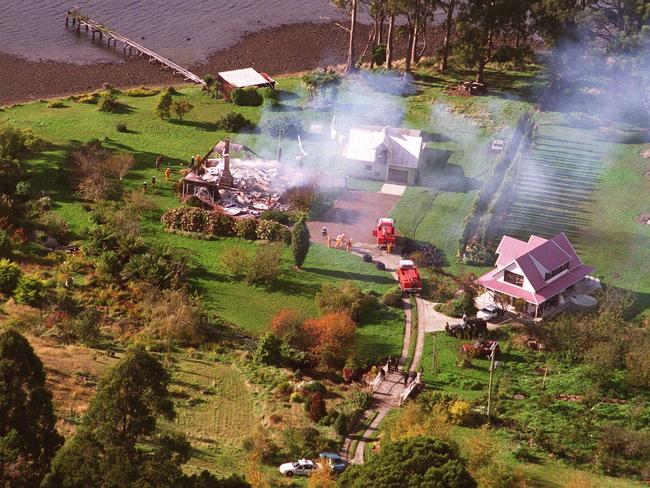
Those who knew Bryant said he had “a look you always remember”, with “blank eyes” and shoulder-length blond hair tied in a ponytail under a Panama hat. They described him as “simple” and prone to dark, threatening moods. He used to sleep all day and walk around outside firing a gun off at night.
His father had committed suicide three years earlier, although there were neighbours who told me they thought the death was suspicious. They said his body was found in a water hole with his son’s weight belt around his neck. He had been shot.
Bryant’s mother Carleen lived in a tidy townhouse on the other side of town. She never opened the door for days as reporters knocked and slipped notes behind the flyscreen. Years later she reportedly would attempt suicide.
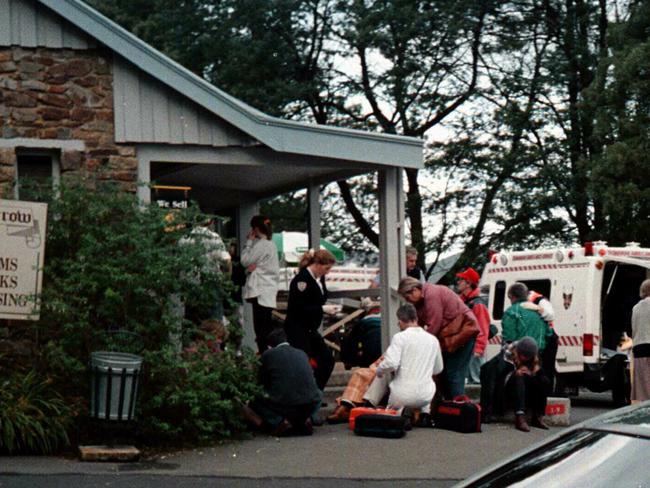
In the days after the massacre, in the Broad Arrow cafe, the scene of most of the carnage, police were systematically working to bring order to bloodstained chaos.
It was striking how many husbands had been shot in the café and its adjoining gift shop as they lay on top of their wives to protect them from Bryant’s rapid fire bullets.
Peter Nash, 32, Ron Jary, 71, Tony Kistan, 51, and Kevin Sharp, 68, died as heroes. John Fidler, who also pushed his wife to the ground and shielded her, survived his wounds. Peter Crosswell shielded his friends Thelma Walker and Pamela Law with his body as they hid under a table. Grandfather Rob Elliott ran towards Bryant as a decoy to distract his focus from where his wife was hiding. He survived being shot.
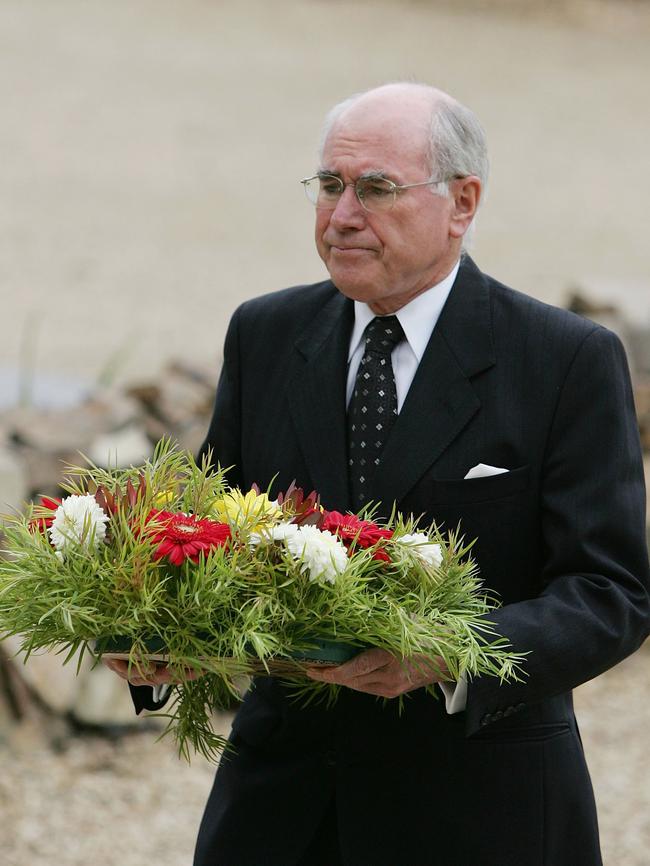
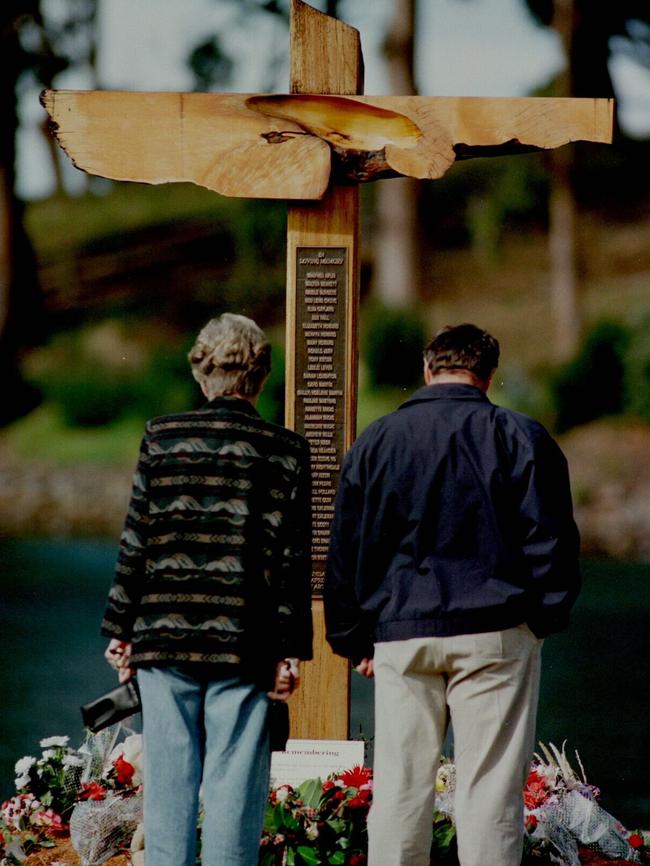
The scene was gruesome, but the tales of human courage were inspiring.
It was a reminder of the instinct for selfless chivalry in men, which used to be honoured in folklore and passed on through generations.
Today it is ignored and even derided but it is a precious element of human nature we dare not lose.
I returned to the Apple Isle during the 2019 federal election campaign, and it was as pretty a place as you could imagine. Good eventually triumphed over the evil of that day.





